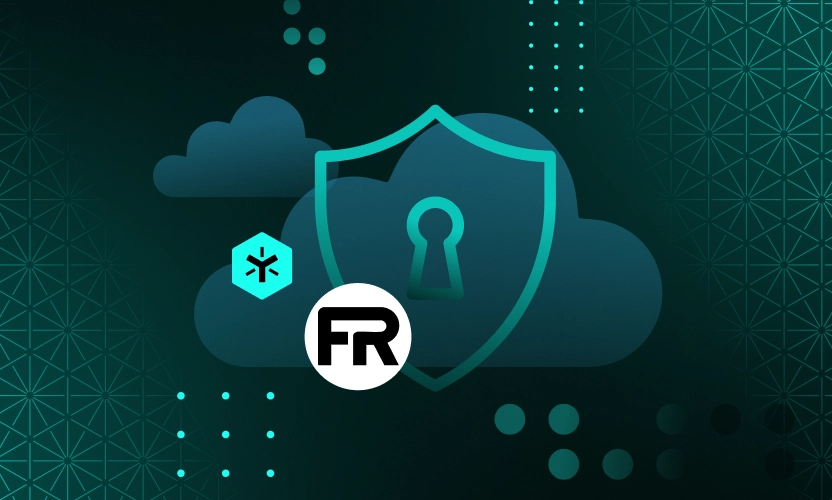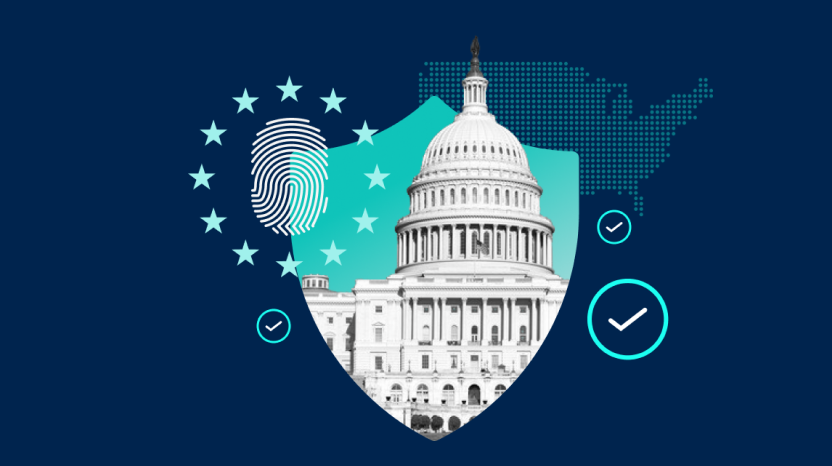Data Loss Prevention (DLP): Strategies, Tools, and Best Practices for 2025
In 2025, data is everywhere, and so are the risks around it. Even with the AI-powered containment, the global average cost of a data breach has dropped only 9% to $4.44 million in recent years, where nearly 95% of breaches still stem from human error. That means something as small as sending the wrong file or misconfiguring cloud access can hurt your business in a big way.
This is where Data Loss Prevention (DLP) comes in. It’s a smart safety net, spotting sensitive content before it slips out, steering users back on track, and keeping tight control. DLP helps ensure your important data stays private and your team stays productive, without silencing creativity or slowing you down. In this blog, let us discuss what is data control in detail. Let’s start.
Let’s jump in and learn:
- TL;DR: Data Loss Prevention (DLP) Strategies for 2025
- What Is Data Loss Prevention (DLP) and Why It Matters in 2025?
- How Data Loss Prevention Works: Key Concepts and Mechanisms
- Types of Data Loss Prevention and Their Use Cases
- DLP Best Practices for Effective Protection
- Enforcing DLP Policies Across Systems and Teams
- 2025 Trends in Data Loss Prevention: What’s Next?
- Frequently Asked Questions:
TL;DR: Data Loss Prevention (DLP) Strategies for 2025
- Data Loss Prevention (DLP) is now expected by regulators, customers, and business leaders.
- Endpoint, network, and cloud DLP each cover unique risks; the best approach is layered.
- Automating data loss prevention best practices, like labelling and coaching, reduces friction and risk.
- Modern DLP trends include AI-aware controls, contextual policies, and compliance-ready reporting.
What Is Data Loss Prevention (DLP) and Why It Matters in 2025?
Losing control of this data can result in fines, lawsuits, damage to reputation, or even project shutdowns. That is why data loss prevention (DLP) is a shield for your business’s most valuable asset: Information.
Growing Influence of CISOs in Data Loss Prevention
Ten years ago, the Chief Information Security Officer (CISO) often stayed in the background. Today, they sit in the boardroom because every leak or ransomware attack has a direct impact on business growth.
CISOs now shape DLP strategies to make sure companies don’t just survive audits but also win customer trust. They collaborate with finance, HR, and legal teams to establish data protection as a company-wide discipline.
Compliance Requirements and Stringent Penalties in Data Loss Prevention
Global laws, such as GDPR, HIPAA, and PCI, make data leakage prevention not just good practice but a legal necessity. Penalties can include multi-million-dollar fines and strict reporting obligations. The safer route is to map every policy to a framework and lean on data protection and governance for evidence.
The Impact of Data Explosion on Data Loss Prevention
In 2025, unstructured data is projected to account for over 80% of all enterprise information. This “data sprawl” means sensitive content often hides in unexpected places. With DLP, they can classify, monitor, and protect the right data at the right time, keeping order in the chaos.
How Data Loss Prevention Works: Key Concepts and Mechanisms
DLP generally follows a five-step loop:
- Discover: scan for sensitive files across repositories.
- Classify: assign labels (for example, confidential, internal).
- Monitor: watch file movements like uploads, shares, or prints.
- Enforce: block, encrypt, or warn.
- Report: provide dashboards and audits for compliance.
Types of Data Loss Prevention and Their Use Cases
There are three kinds of data loss prevention as follows:
Endpoint Data Loss Prevention
Endpoint DLP protects devices where sensitive data is often created. It can prevent files from being copied to USB drives, printed, or shared via personal emails. For design firms or financial institutions, this is critical because laptops are frequent leakage points.
Network Data Loss Prevention
Network DLP inspects traffic flowing through gateways, looking for credit card numbers, health records, or other identifiers. It is effective in email and web upload scenarios but keep pace with encrypted protocols.
Cloud Data Loss Prevention
As businesses embrace SaaS, cloud DLP becomes the backbone of modern security. It enforces policies within tools like Office 365, Google Workspace, and Salesforce, flagging unsafe file-sharing practices. Pairing this with types of data security ensures broad coverage.
DLP Best Practices for Effective Protection
- Start with risk-based priorities (for example, customer PII, financial reports)
- Label and classify sensitive documents automatically
- Apply least-privilege and just-in-time access
- Use ‘warn before block’ policies to reduce frustration
- Continuously refine policies to lower false positives
Enforcing DLP Policies Across Systems and Teams
The most successful programs unify policies across endpoint, network, and cloud. Use identity as your anchor: who the user is, what role they have, which device they’re on, and where they’re connecting from. Then let context decide the action. By linking policies to data governance solutions, organizations can show auditors a complete trail.
2025 Trends in Data Loss Prevention: What’s Next?
In 2025, DLP is becoming smarter, quieter, and more adaptive. Policies are shifting from ‘block everything’ to context-aware decisions that consider data type, user role, and the trust level of the app in use.
With more employees pasting sensitive information into GenAI tools, monitoring copy/paste and prompts is emerging as a new priority. At the same time, SaaS sprawl is pushing companies to rely on API-level visibility to catch risks in shadow IT. Privacy-by-default controls, such as disabling external sharing on restricted labels, are also moving from best practice to standard expectation.
This is precisely where Egnyte adds value. Its platform brings together secure file collaboration, intelligent data classification, governance workflows, ransomware detection, and multi-cloud controls into one place.
Frequently Asked Questions:
Q. What is an example of data loss prevention?
Blocking a spreadsheet with 500 unmasked card numbers from being emailed outside the company, the data loss prevention system detects the pattern and stops the send.
Q. What is the difference between DLP and a firewall?
A firewall manages connections, while data loss prevention inspects content. One guards the door; the other checks the package.
Q. What are DLP requirements?
Clear policy, data discovery/classification, monitoring, enforcement, reporting, and governance alignment. Begin by identifying the types of data loss prevention that align with your specific risks.
Q. What is the difference between DLP and antivirus?
Antivirus hunts malware; data loss prevention prevents sensitive content from leaving. Different goals, both needed.
Q. What are the three pillars of data protection?
Confidentiality, integrity, and availability are ensured through controls such as DLP, encryption, backup, and access governance.
Q. How Does Egnyte Help with Construction Engineering Technology?
By unifying project files, enforcing sharing rules, and applying content governance across offices and sites. Integrations with design tools, plus large file collaboration with added security, keep teams fast while data loss prevention policies stay consistent.
Additional Resources

Why FedRAMP Compliance Matters for Egnyte Users
Egnyte’s alignment with FedRAMP standards means lower compliance burden, faster procurement, and trusted security — ideal ...

CMMC Final Rule: What You Must Know
Watch this on-demand webinar to understand the newly published CMMC 2.0 Final Rule — get clear on what's ...

The Future of CMMC 2.0 Compliance
Explore how Egnyte outlines what’s next for CMMC 2.0 — from new DoD mandates and compliance timelines ...